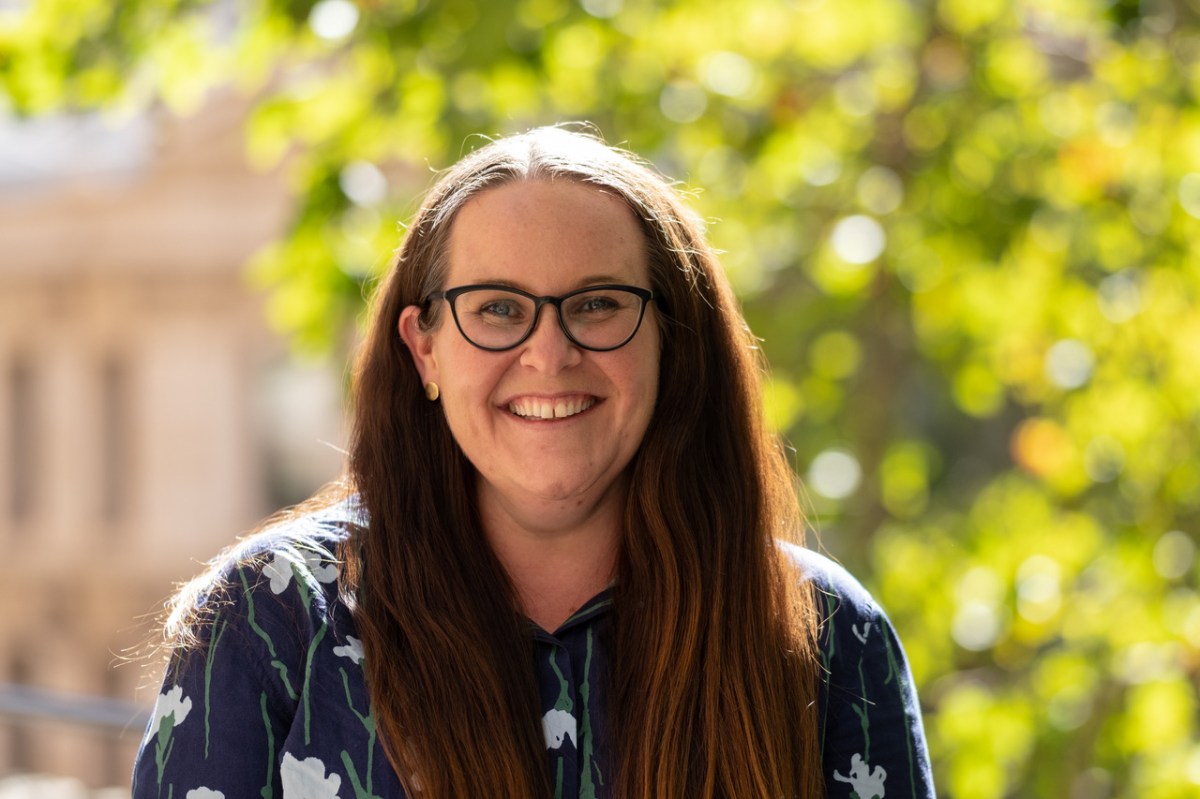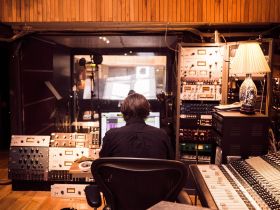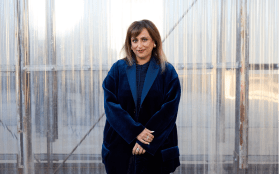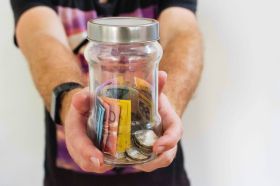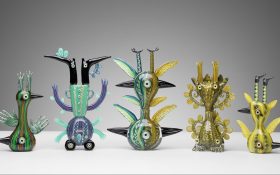Celebrating diverse perspectives and embracing other kinds of lived experience is essential if the Australian arts and culture sector is to produce exceptional art and sell more tickets. But what will it take, whose responsibility is it, and how would it inform the hearts and minds of arts practitioners and audiences across the country? The arts sector has found it hard to embrace diversity in the past, and failed to answer important questions, but there is an increasing appetite for it across the mainstream arts sector.
I write as a proud disabled woman and an experienced practitioner who has been working in the arts and for arts funding bodies all my adult life. That’s taken some doing and I acknowledge my good fortune in being able to do it when the barriers for many others are too high. My views have been shaped by my own experiences and those of the people and organisations I’ve worked with, and I’m sharing, now, the things I think we need to think about, and what the future could look like if we acted.
Access, Diversity, Equity and Inclusion (ADEI) are essential to Australian culture, not just in the arts, but in everything we do and everything we are. It’s about fairness, it’s about basic human rights, it’s about representation and most of all it’s about belonging and community. Ultimately, ADEI is about the way we treat each other. People have different needs and we need to build workplaces that work for everybody by removing the barriers to participation – it’s common sense and responsible business practice.
But people’s lives are also multidimensional – we all have many facets to our identities and may experience multiple forms of marginalisation. This is one of the reasons working in the ADEI area is so challenging. Can we create a ‘one-stop-shop’ Diversity Plan or do we need specific plans, such as a Reconciliation Action Plan, Disability Inclusion Action Plan and Gender Equity Action Plan? A long shopping list of under-represented groups can be overwhelming for an under-resourced arts organisation – just knowing where to start can seem like an impossible task – but it is better to dive in and get on with something, than sit back and try and figure it all out in advance while doing nothing at all.
When the pressure is on, it can become harder for arts organisations to do things like ADEI voluntarily. As a consultant, I’ve seen a lot of willingness to do better on the part of organisations but, without funding avenues and support, how can they make practical changes? Ultimately, for ADEI in the arts to succeed, governments will have to play a significant role. Change will only be possible if it is built into its systems and structures and supported with funding, but there are a few things individuals and organisations can do.
First, be a good ally. Read, listen, watch, converse. Educate yourself and learn. Lead by example. Call things in and call things out. Create space for others – if you’re not someone with lived experience of diversity yourself, ask whether someone with lived experience has been booked for the panel you’ve been invited to speak on and, if not, recommend someone – offer to give up your seat. Think about how things can be done differently, more fairly and more inclusively. A beautiful ally-friend recently told me how she’d applied for a job she really wanted, but, conscious of the value of that leadership role, she proposed a job share with a diverse artist in the interview. That’s an example of a good ally to me.
Second, plan for it. Benjamin Franklin was onto something when he said ‘by failing to plan, you are preparing to fail’. ADEI progress doesn’t happen overnight, only if you chip away at it over time. Develop a strategy, policy or plan – whatever floats your boat. And take inspiration from others. We don’t have to reinvent every wheel. There’s much to love about the Sydney Opera House’s ‘Diversity, Inclusion and Belonging Strategy’. I’m sure they won’t mind if you borrow a bit.
Third, make sure you resource it. It costs money to do things. Has your organisation got a budget line for accessibility and DEI projects? Get people behind it and debate whether you need a Diversity and Inclusion Director or Manager (please don’t make them an Officer or Coordinator – this stuff is hard) or … do you just make ADEI part of everyone’s role? Both options can work. Appointing everyone to a task can be a dangerous game with no one ultimately responsible, but you also have to keep an eye out for the dangers of ‘siloing’: “I don’t have to do that ADEI thing in my area that is actually my job, because our D&I Manager should do it!” None of that, please.
Finally, don’t be shy about using both sticks and carrots. Consider where you can actively encourage diversity and discourage homogeneity in your workplace. Identify both incentives and disincentives. Set quotas, targets or KPIs for diversity in your work. Can you offer an opportunity to someone or a group of people from an under-represented background? Can you expose a lazy department or division that has got its head in the sand? Be creative: we’re arts organisations after all.
Read: Access Rights in the arts: a shared responsibility
In the end, just start somewhere. It doesn’t have to be perfect on day one. The sky is the limit for what we might invent and the avenues we might create to provide support and encouragement. To those who have power: even though it’s hard, you need to be bolder. To the funding bodies: imagine the change you could create if you mandated that all grant applicant budgets need to show at least a 20% spend on ADEI-related costs. Heck, you could even design things so that 50% of your organisational project funding one year (or one decade?!) goes to diverse arts organisations.
In 2022, Melbourne Fringe and Chunky Move commissioned a major new work from Fayen d’Evie through the Radical Access program in partnership with Arts Access Victoria. Why should a $40,000 commission for a d/Deaf and disabled artist be called radical? It really shouldn’t be. Let’s hope it’s not by 2033.
This is an edited extract from Morwenna Collett’s, More Risk, More Play: Creating an Inclusive Culture, in a double issue of Currency House’s New Platform Paper, Inclusion & Diversity: Building the Good Life, available free on www.currencyhouse.org.au from 13 June.
